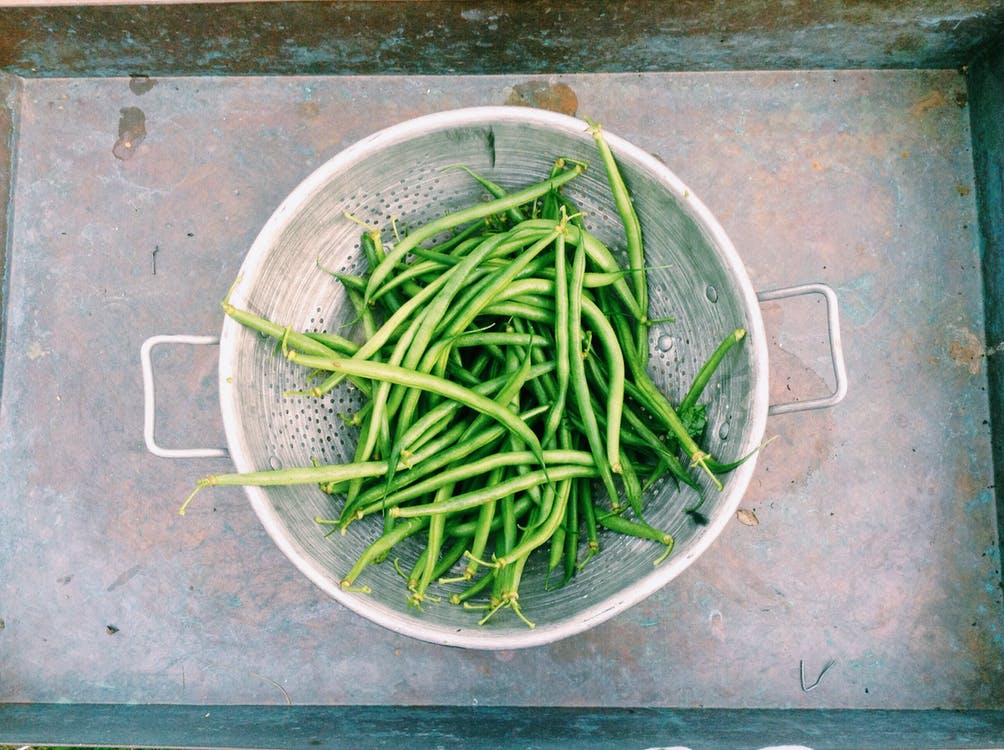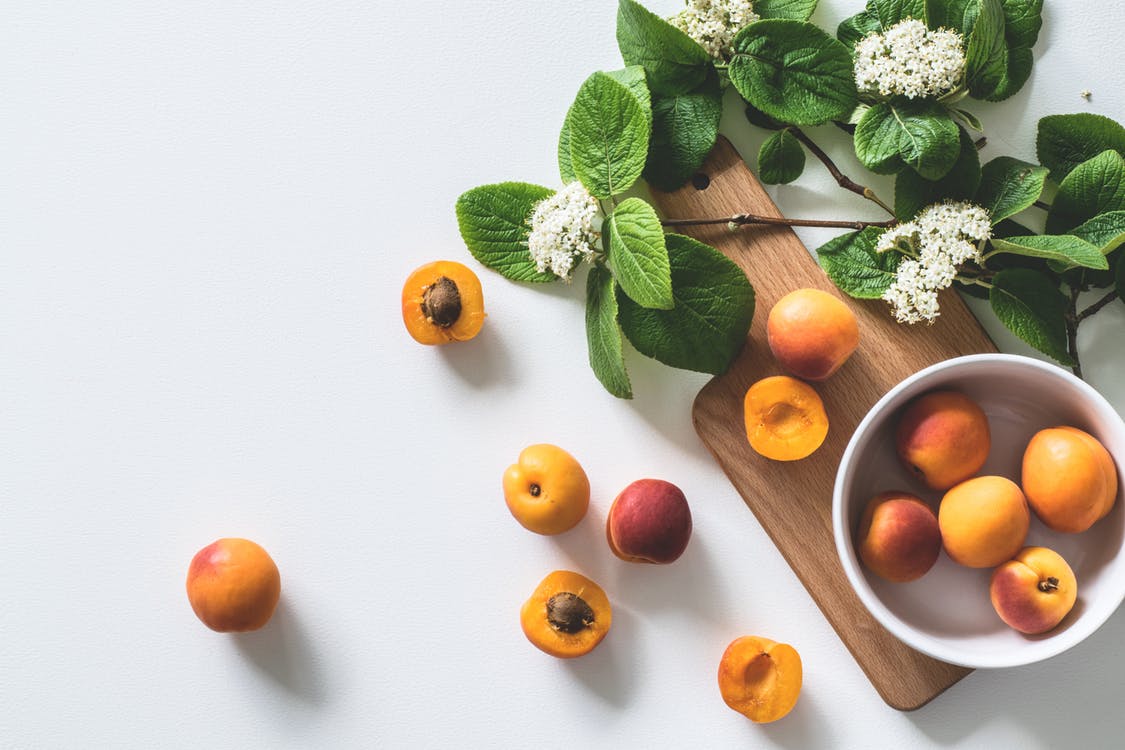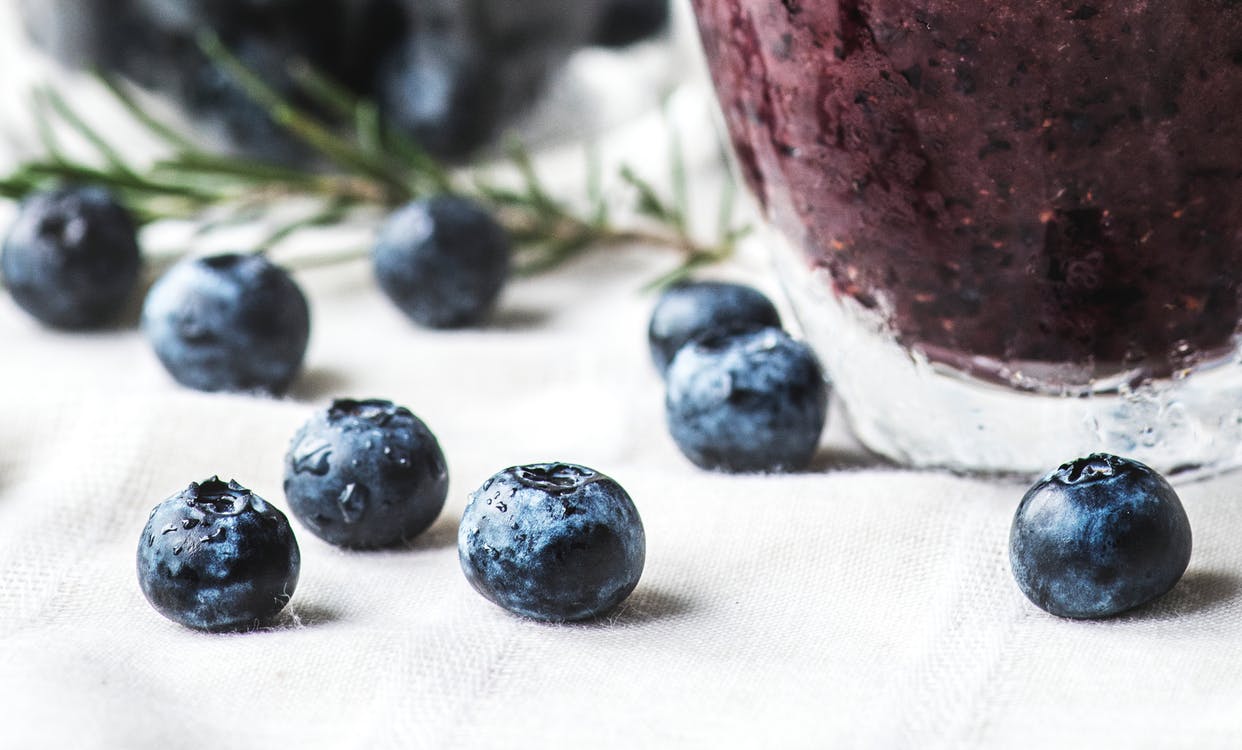Make the most of your local farmers' market bounty by freezing fruit and veggies at the peak of their freshness.
For the most part, preserving fresh produce is a dying art. Most people think of canning as the only method, but your freezer is a great tool for this as well. Even if you don't have a big chest freezer, you can "put up" a few bags of your favorite sweet corn and keep it for special occasions when it's cold and snowy out.
Getting Started
You'll need freezer-safe containers (I prefer quart-sized freezer bags), a permanent marker, a pot for blanching vegetables, and fresh fruits and vegetables. That's it! Additional items that help are a dippable blanching basket or a large colander, parchment paper and a cookie sheet.
Gather your produce and be careful to get ripe, undamaged produce. Bruised stone fruit like peaches or plums are fine – you can always cut away the bad spots.

To Cook or Not to Cook
Vegetables should be blanched – quickly cooked in boiling water – to keep them from discoloring and to lock in their fresh flavor. The University of Georgia Cooperative Extension Service has put together a wonderful table of blanching times for a wide variety of veggies.
It is important to stop the cooking process by throwing the blanched veggies into a big bowl of ice water. You then want to thoroughly dry them on a paper towel-lined cookie sheet before freezing.
Berries just have to be washed and dried before freezing. For best results, freeze them in a single layer on a parchment paper-lined cookie sheet before transferring them into the freezer bags.
How you prepare fruit depends on how you want to use it later. I like to peel, quarter, and toss fresh peaches with a few tablespoons of raw sugar, knowing I'll use them for cobbler or cakes later in the year. If smoothies are your end goal, peel the peaches and freeze the slices individually on a parchment paper-lined cookie sheet before freezing. You can also sautée your fruit with a little butter and sugar for making pies or topping ice cream – peaches, plums, berries, and rhubarb are all great for this.

Labeling
In addition to the date, be sure to include what is in the bag, especially if you treated the produce differently – "smoothie peaches" versus "pie-filling peaches with butter and sugar," for example. I also like to measure things out to make it easier to know how many bags to use later.
Frozen vegetables will retain their fresh taste for up to 8-12 months when frozen, so you can also add a "use by" date to give yourself a reminder.
Savor the Flavor
When it's time to cook your frozen vegetables, treat them just like you would any commercially frozen produce. Heat through straight from frozen in some boiling water, and enjoy a taste of summer whenever you'd like.
Frozen pie fillings or fruit mixtures can be thawed at room temperature or in a warm skillet – don't be alarmed if you lose a bit of the texture; that's why you're baking with them and not eating them straight! Chuck your frozen berries straight in the blender for your morning smoothies.

**All of the photos in this article are courtesy of Pexels.
Do you freeze summer-fresh produce every year? Do you have a favorite pie-filling mixture of frozen fruit and berries? What are your favorite items to preserve this way? Let us know in the comments below!
